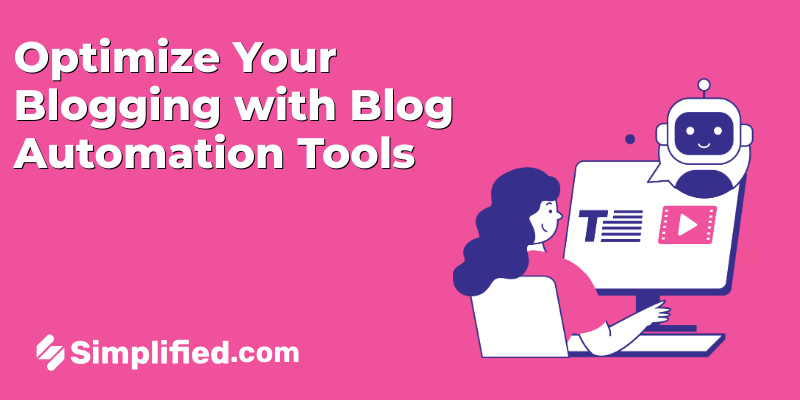
|
Getting your Trinity Audio player ready...
|
As an eCommerce business owner, you know that a good product description is the key to driving traffic and conversion on your site. But what makes a good product description?
In this blog post, we’ll give you a step-by-step guide for writing perfect product descriptions for your eCommerce site, as well as some product description examples and free tools you can use to make the process easier, such as a product descriptions generator. By the end of this post, you’ll know how to write product descriptions that grab attention, inform your customers, and boost your bottom line.
Step 1: Decide on a Brand Voice Before Writing Your Product Descriptions
Before you start writing your product descriptions, you need to decide on a brand voice. This voice will be used throughout all of your marketing collateral, from your website to your social media posts. It’s important to choose a voice that is aligned with your brand identity and that will resonate with your target audience.
Once you’ve decided on your brand voice, you can start writing your product descriptions. Keep your audience in mind as you write and use language that will resonate with them. Be sure to maintain your brand voice throughout all of your descriptions.
Bonus: The 10 Best Amazon Product Description Generator Tools To Help Boost Your Sales
Step 2: Find Out What Your Customers’ Pain Points Are
If you want to create content that your audience will actually care about, you need to start by understanding their pain points. What are the biggest challenges they’re facing? What questions are they constantly asking? What information do they need to make better decisions? Once you have a good understanding of your audience’s pain points, you’ll be able to create content that addresses their needs and helps them overcome their challenges.
There are a few different ways to research your audience’s pain points. You can start by talking to your sales and customer service teams. They likely have a good understanding of the challenges your customers are facing. You can also send out surveys or conduct interviews with your customers to get a better idea of their pain points. Once you have a good understanding of your audience’s pain points, you can start creating content that addresses their needs.
Step 3: Make A List of Your Products’ Benefits
As you create your product, you will need to make a list of all the benefits it offers. This will be crucial when you start marketing your product, as you will need to be able to clearly communicate the value of your product to potential customers.
Some things to keep in mind as you make your list:
- Think about what needs your product meets
- Think about what pain points your product solves
- Think about what makes your product unique
Step 4: Think About Any Possible Questions Your Consumers Might Have
Now that you know what your product description is going to be about, you need to think about any possible questions your consumers might have. This will help you determine what information you need to include in your content. You should also think about any objections your consumers might have and how you can address them. For example, if you’re selling a new type of product, you should anticipate any questions or concerns potential customers might have about it. By doing this, you can make sure your content is comprehensive and addresses all of the important information your consumers need to know.
Step 5: Create The First Draft of Your Product Description
Now that you’ve gathered every bit of information you can about your product, it’s time to start writing. If you’re having trouble trying to generate ideas, you can use a free product description generator or AI copywriting tool to help you build your list of bullet points. Remember, to improve the quality you may need to go back and edit a few things, don’t worry if it’s not PERFECT from the start–just get something down!
Bonus: The Top 7 Product Description Generator Tools To Help Boost Your Sales
Step 6: Refine Your Product Description
Now that you’ve put something down, it’s time to take another look with a fresh set of eyes. There are many things to consider when writing a product description. A good product description should:
- focus on the benefits your product has to offer
- be well organized and easy to read
- clearly state the value of your product
- entice customers to buy it without pressuring them
- incorporate keywords seamlessly
Step 7: Make Sure You’re Not Copying from Competitors
Accidental plagiarism is a real thing. While it may not be intentional, it’s never a good idea. So before you publish your product description, make sure you run it through plagiarism-checking software like Grammarly. This software will help you spot any areas of text where you may have accidentally plagiarised. By doing this, you can edit your description and avoid any potential issues with copyright infringement.
Step 8: Add Images
Product descriptions don’t need to be long blocks of text. In fact, if you want to keep your customers engaged, Amazon’s EBC layout will help you keep your customers engaged. Product photos should showcase your product in every angle possible. From its use to the different ways your customers can interact with it, additional images are key in this layout. Again, your product headline and call to action are above the fold for a good reason: Customers want to know what your product is right away.
Step 9: Incorporate Keywords
Before you polish things up, make sure your product description contains as many keywords as you can add naturally. Here’s a good product description example that’s well-optimized:
“Looking for a comfortable but stylish sandal? Look no further! The Women Cork Platform Slide Sandal from Steve Madden is perfect for warmer weather. With a cork and foam platform, this sandal is not only stylish but also comfortable. The slide style makes it easy to put on and take off, and the faux leather strap adds just the right amount of detail.”
Step 10: Give It the Final Review
Last but not least, give your product description a final look to see if there are areas you can improve. Make sure you ensure the accuracy and precision of each statement. While you want to provide as much information as possible, you don’t want to bore your customers with a lengthy wall of text that’s hard to understand. Keep it short and sweet!
Get Simplified Today!
In conclusion, if you want to write a perfect product description, there are a few steps you can follow. First, do your research and understand your audience. Then, write a clear and concise description that includes all the relevant information. Be sure to proofread your work and, if possible, get feedback from others. Finally, use our free product description generator to help you with copywriting for Amazon listings!

























